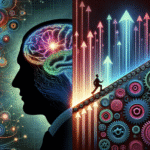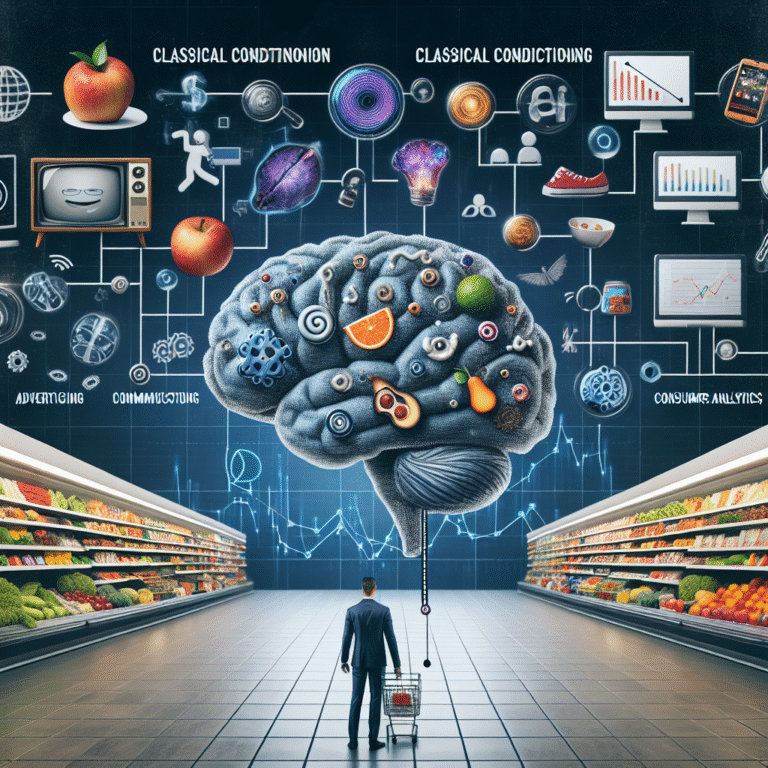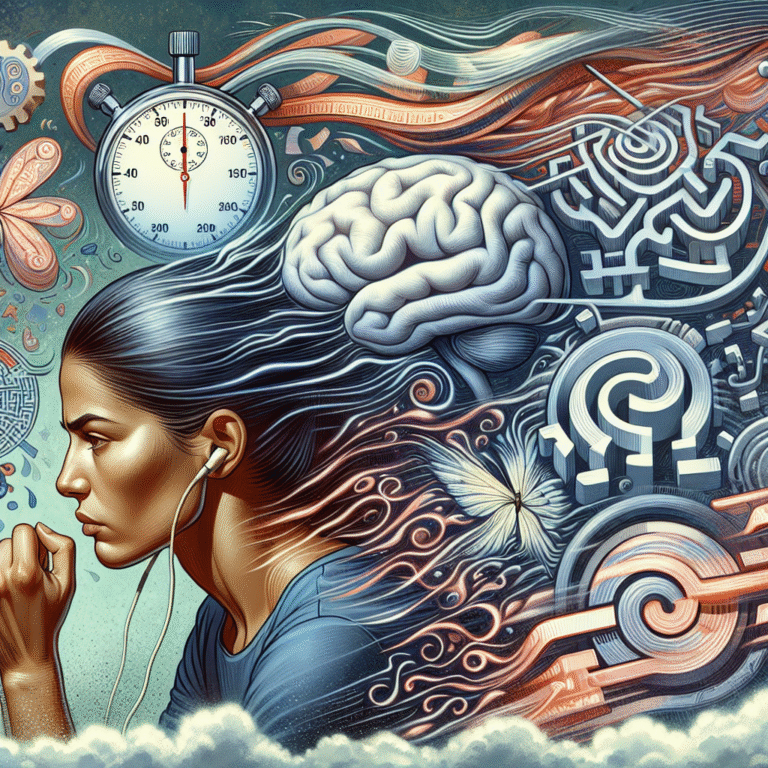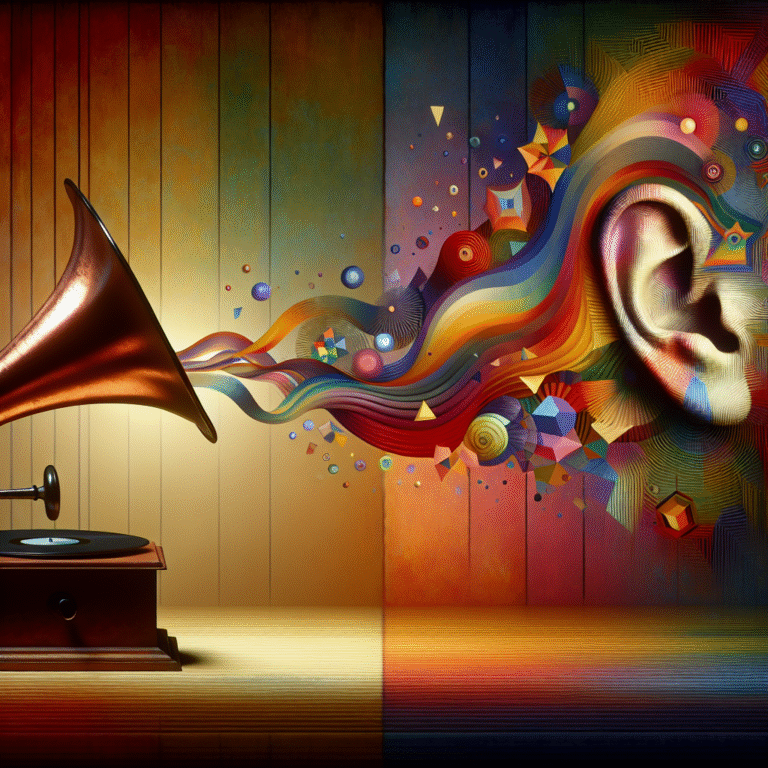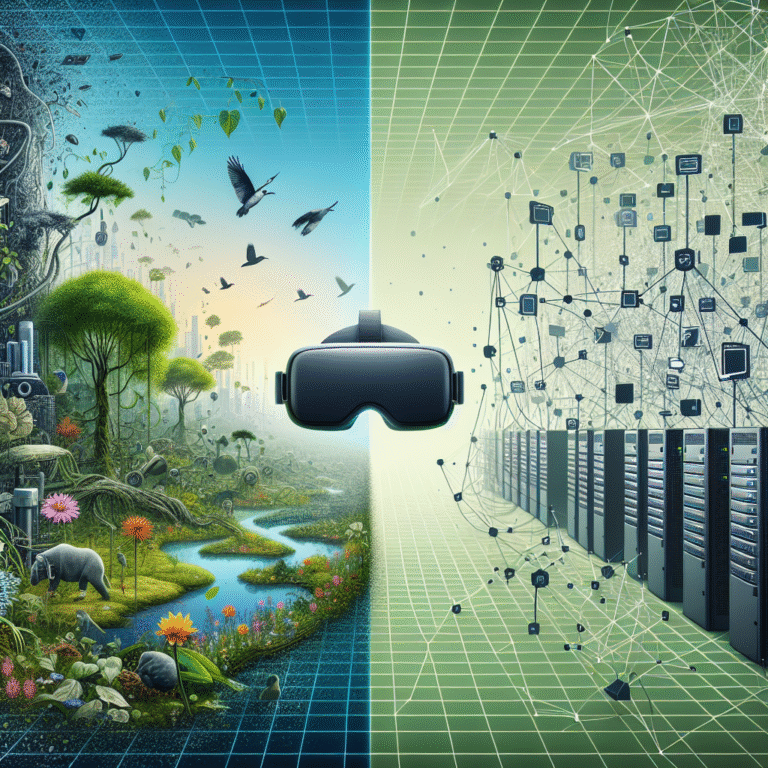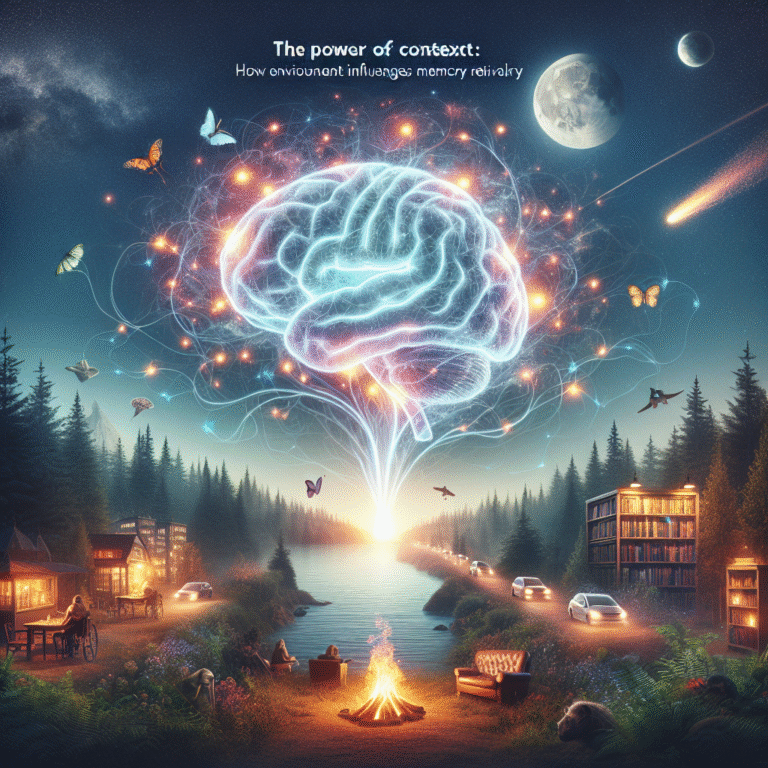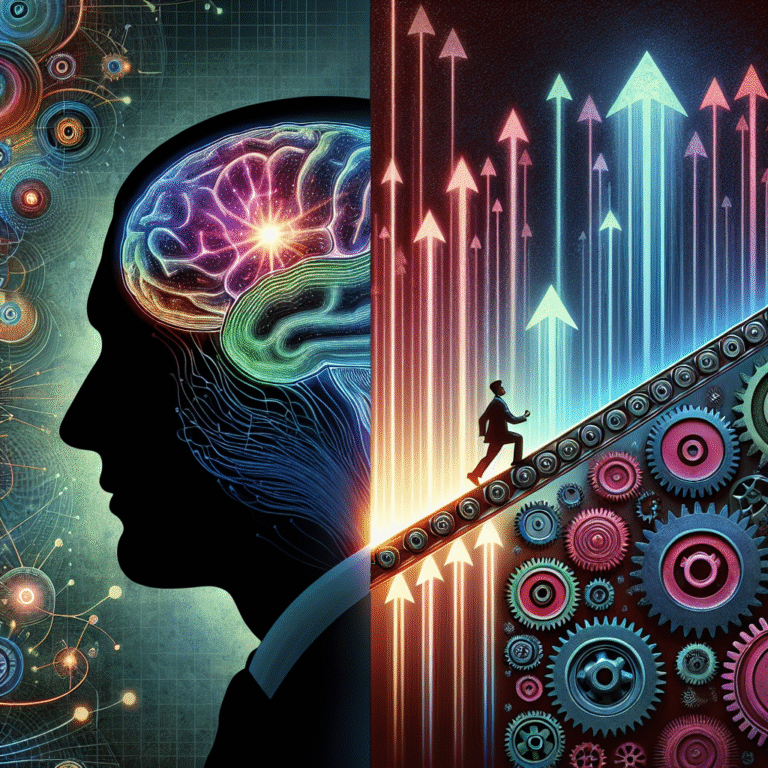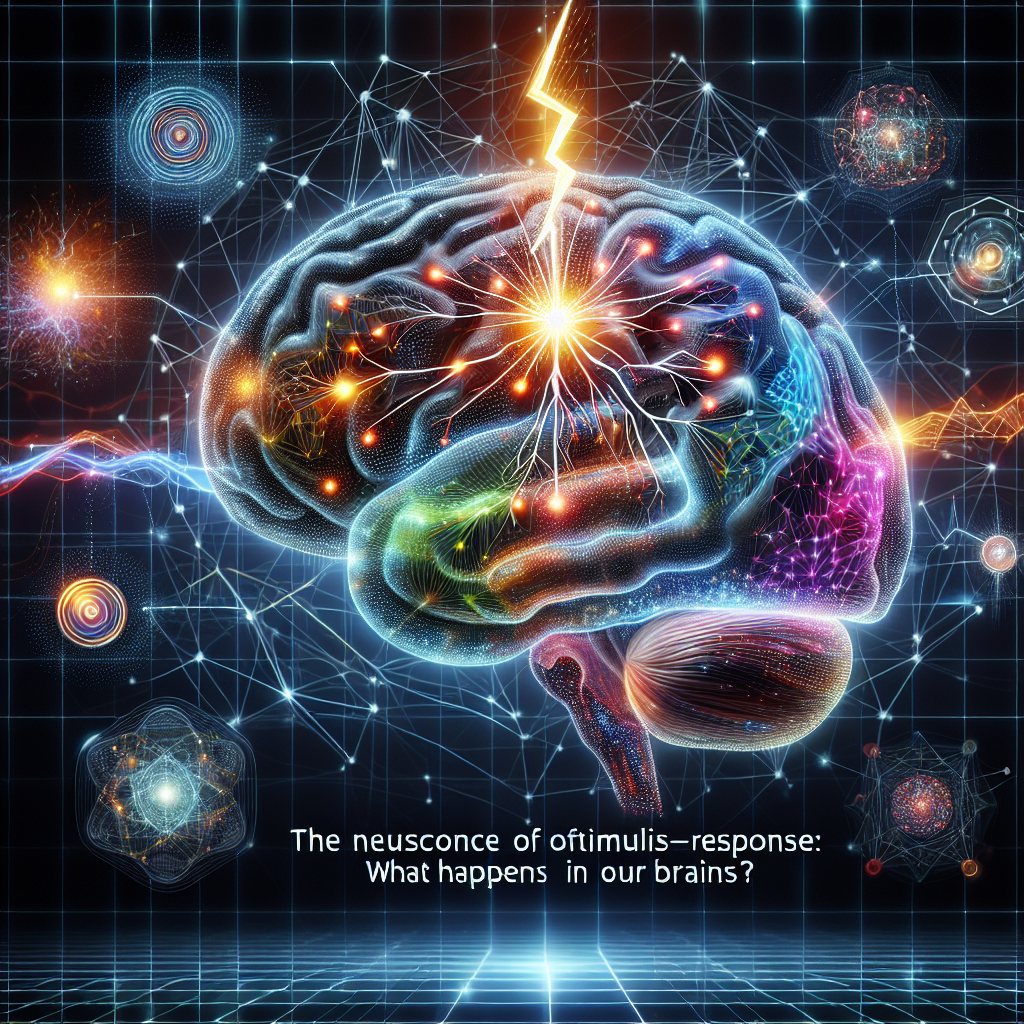
Introduction
Imagine a world where every sound, sight, or even a fleeting thought triggers a predictable response. The intricate dance between stimuli and your brain’s response system can seem nearly magical, but it’s a well-mapped process grounded in the science of the mind. In this article, we will explore The Neuroscience of Stimulus-Response: What Happens in Our Brains?, shedding light on how various stimuli influence our behaviors and reactions, whether subconsciously or consciously. Understanding this interplay is not just fascinating; it’s essential for anyone seeking to improve their emotional intelligence, social skills, or even negotiating tactics.
The Foundations of Stimulus-Response
What is the Stimulus-Response Mechanism?
At its core, the stimulus-response mechanism is an essential framework in neuroscience that explains how organisms interact with their environments. A stimulus—such as a loud noise or a visual cue—triggers a reaction in the brain, leading to a response. This can range from a simple reflex to more complex behaviors involving cognition and emotion.
The Neural Pathway
When examining The Neuroscience of Stimulus-Response: What Happens in Our Brains?, it’s critical to understand the neural pathways involved. When a stimulus is detected, sensory neurons relay signals to the brain. The information is processed in various regions, such as:
- Thalamus: Acts as a relay station.
- Amygdala: Processes emotions and can trigger fight-or-flight responses.
- Cortex: Supports higher-level processing and decision-making.
Basic Reflexes: The Body’s Instinctual Responses
One of the most straightforward examples of stimulus-response mechanisms is the reflex arc. For instance, when you touch a hot stove, sensory receptors in your skin detect the heat, sending a message through the spinal cord to your motor neurons, resulting in an immediate withdrawal of your hand. This process illustrates the quickness of certain responses and serves as a protective mechanism.
Case Study: The Eye Blink Reflex
A classic example illustrating reflex actions is the eye blink reflex. When an object approaches the eye at high speed, the brain automatically initiates an eye blink to protect itself. Research has shown that this response occurs in a fraction of a second, emphasizing the remarkable speed and efficiency of neural pathways tied to stimulus-response.
Neural Plasticity: Adapting Responses Over Time
The brain is not static; it’s incredibly adaptable. Neural plasticity allows our brains to rewire in response to new experiences. This adaptability impacts the stimulus-response mechanism significantly.
How Learning Influences Responses
When we repeat certain behaviors, synaptic connections strengthen, making those responses quicker and more automatic. For instance, a musician will respond to musical notes through reflexive actions that have developed from years of practice. This notion plays a big role in The Neuroscience of Stimulus-Response: What Happens in Our Brains?, highlighting how learning shapes our neural responses.
The Role of Emotions in Stimulus-Response
Emotional Triggers and Their Responses
Emotions play a crucial role in how we respond to stimuli. When an emotionally charged stimulus, such as a beloved pet or an alarming sound, catches our attention, the amygdala activates, influencing our autonomic responses—be it joy, fear, or anger.
The Fight-or-Flight Response
The fight-or-flight response is one of the most discussed concepts in neuroscience related to stimulus-response. Triggered by perceived threats, this response heightens awareness and prepares the body for action. Homeostasis is disrupted, with adrenaline surging through the body, increasing heart rates, and sharpening focus.
Case Study: PTSD and Triggered Responses
Post-Traumatic Stress Disorder (PTSD) offers a somber but important case study on how past trauma influences stimulus-response mechanisms. Individuals with PTSD may experience exaggerated reactions to stimuli that remind them of their trauma, illustrating how the amygdala and the hippocampus work together to create conditioned responses based on past experiences. This shows that The Neuroscience of Stimulus-Response: What Happens in Our Brains? is not only a study of reflexes but also one of memories and emotional landscapes.
Conditioning and Its Impact on Behavior
Classical Conditioning: The Power of Association
The principle of classical conditioning reveals how stimulus-response relationships can be formed through association. The famous experiment by Ivan Pavlov with dogs demonstrated that a neutral stimulus (the sound of a bell) could induce a response (salivation) when shown alongside another stimulus (food).
Implications of Classical Conditioning
This form of learning explains many human behaviors and emotional responses. For example, someone who has experienced anxiety during public speaking may develop a subconscious fear from merely thinking about it. This phenomenon highlights the expansive understanding of The Neuroscience of Stimulus-Response: What Happens in Our Brains? as it relates to complex emotional states.
Operant Conditioning: Reinforcing Responses
In contrast, operant conditioning, pioneered by B.F. Skinner, showcases how behaviors can be modified by rewards or punishments. When a subject’s behavior is reinforced positively, the likelihood of the behavior being repeated increases.
Case Study: Behavioral Therapy and phobias
Behavioral therapy employs these principles to address phobias by gradually exposing individuals to their stimuli in a controlled manner, allowing them to recondition their responses. This therapeutic approach underscores the relevance of The Neuroscience of Stimulus-Response: What Happens in Our Brains?, as it concentrates on modifying ingrained patterns of behavior.
Neurotransmitters: The Brain’s Communication System
The Role of Neurotransmitters in Responses
Understanding neurotransmitters is pivotal to grasping The Neuroscience of Stimulus-Response: What Happens in Our Brains?. These chemical messengers play significant roles in regulating mood and responses to stimuli. For example:
- Dopamine: Often associated with pleasure and rewards. Its release reinforces behaviors, encouraging repeat responses.
- Serotonin: Regulates mood and can influence how one reacts to stressors.
Chart: Effects of Various Neurotransmitters
| Neurotransmitter | Function | Effect on Response |
|---|---|---|
| Dopamine | Reward and Motivation | Enhances positive responses |
| Serotonin | Mood Regulation | Impacts emotional responses |
| Norepinephrine | Stress Response | Heightens awareness and alertness |
The Influence of Environment on Stimulus-Response
Sensory Environments and Their Effects
Our environment plays a crucial role in shaping stimulus-response patterns. Different sensory inputs can activate diverse areas of the brain:
- Visual Cues: Bright lights can enhance alertness and attention.
- Auditory Stimuli: Sounds can evoke various emotional responses, from calm to anxious.
Case Study: Urban vs. Rural Living
Research comparing urban and rural populations highlights how environmental stimuli differ. Urban dwellers may exhibit heightened stress responses due to the abundance of stimuli and unpredictability. These findings illustrate the evolving nature of The Neuroscience of Stimulus-Response: What Happens in Our Brains? by integrating environmental context.
The Social Dimensions of Responses
Social Stimuli and Reactions
Human beings are inherently social creatures, and our responses to social stimuli are complex. Interpersonal interactions—facial expressions, tone of voice, and body language—significantly influence behavioral outcomes.
Implicit Biases and Response Patterns
Implicit biases, which are often subconscious, can also dictate responses to social stimuli. Neurology studies have shown that certain stimuli can activate specific neural pathways associated with ingrained stereotypes, showcasing the intricate layers of social dynamics in the context of The Neuroscience of Stimulus-Response: What Happens in Our Brains?.
Case Study: Social Anxiety and Response
Individuals with social anxiety may respond differently to social stimuli compared to those without. Their increased sensitivity can trigger an overwhelming stimulus-response pattern, often culminating in avoidance behaviors. Understanding these responses can help inform therapeutic practices aimed at alleviating anxiety.
Conclusion
Understanding The Neuroscience of Stimulus-Response: What Happens in Our Brains? illuminates the profound and intricate ways we interact with our environments and the emotions that arise from those interactions. The mechanisms behind stimulus-response are not only essential for grasping basic reflexes; they are also critical to understanding the way we learn, adapt, and relate to one another. By delving into the brain’s wiring—reflexes, emotions, conditioning, and social influences—we can harness this knowledge for personal growth and improved communication skills.
As you apply these insights in your day-to-day interactions, remember that self-awareness can drastically enhance your emotional intelligence, helping you navigate life’s complexities with greater ease and insight.
FAQs
1. What is the basis of the stimulus-response mechanism?
The stimulus-response mechanism explains how stimuli from the environment trigger reactions in the brain, leading to appropriate behavioral responses. It encompasses reflex actions, emotional responses, and learned behaviors.
2. How do emotions affect our responses to stimuli?
Emotions significantly influence our responses. When we encounter emotionally charged stimuli, areas of the brain like the amygdala activate, shaping our responses based on past experiences and emotional context.
3. Can our responses to stimuli be changed?
Yes, through processes like conditioning and neuroplasticity, individuals can rewire their brain’s responses to previously triggering stimuli, promoting behavioral changes and emotional growth.
4. How does the environment affect stimulus-response mechanisms?
Environmental factors—such as sensory inputs and social dynamics—can shape how we react to various stimuli. Urban environments, for example, may lead to heightened stress responses due to constant stimulation.
5. What role do neurotransmitters play in our responses?
Neurotransmitters are chemicals that relay messages in the brain, directly affecting how we respond to stimuli. They regulate emotions, honor rewards, and can influence overall behavior.
In conclusion, the exploration of The Neuroscience of Stimulus-Response: What Happens in Our Brains? is an endeavor into not just understanding our behaviors, but mastering them.

